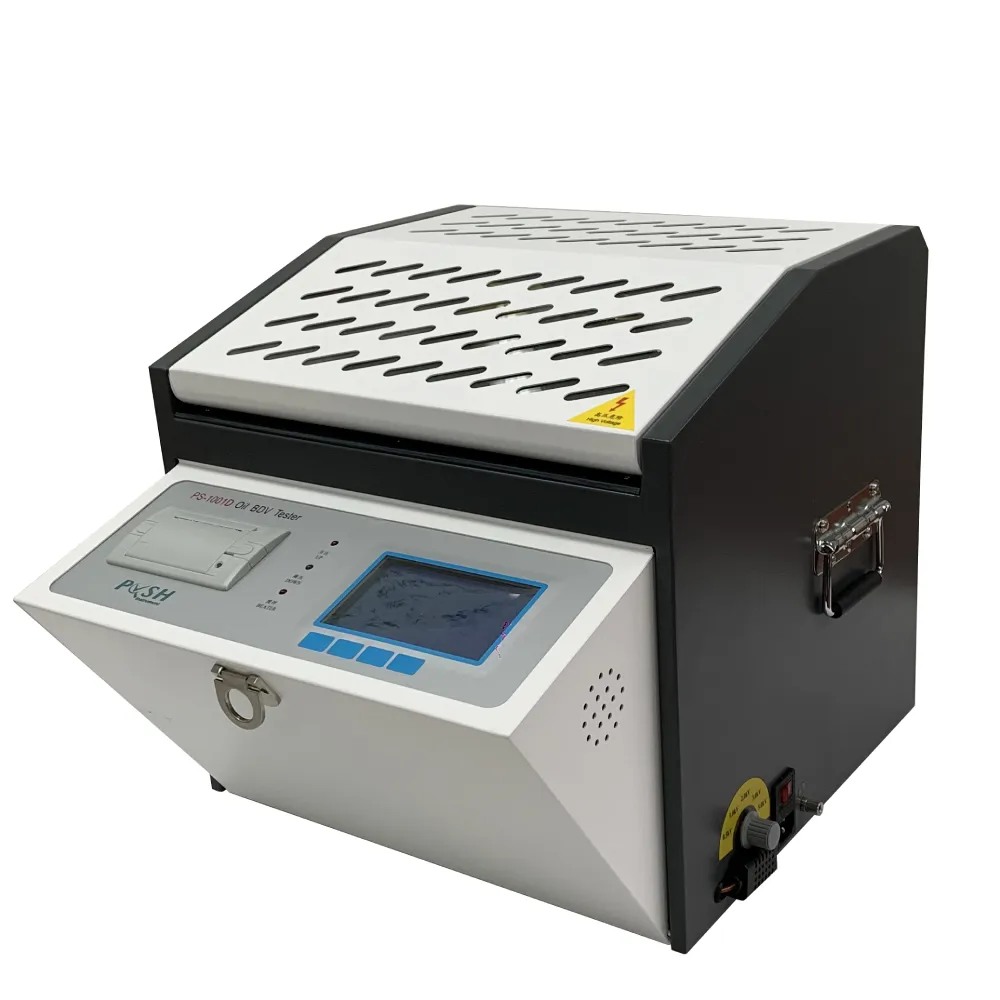 English
English


short circuit withstand test of transformer
Short Circuit Withstand Test of Transformers
Transformers are critical components in electrical power systems, serving the essential function of voltage conversion for efficient power transmission. To ensure their reliability and operational safety, transformers must undergo rigorous testing, among which the short circuit withstand test (SCWT) is one of the most significant. This test evaluates the transformer’s ability to endure high currents that result from short-circuit conditions without sustaining permanent damage.
Short Circuit Withstand Test of Transformers
Typically, the SCWT is performed on newly manufactured transformers and during routine maintenance checks. The process involves connecting the transformer to an appropriate testing circuit capable of generating a predetermined short circuit current. The test is usually executed under controlled conditions to ensure the safety of personnel and equipment. Monitoring instruments assess various parameters, including temperature, voltage, and current, throughout the test duration.
short circuit withstand test of transformer

During the test, the transformer is subjected to a short-circuit current for a specified duration, generally determined by the transformer’s design specifications and standards set by organizations such as the International Electrotechnical Commission (IEC) or the Institute of Electrical and Electronics Engineers (IEEE). This duration is essential because it mimics the scenario of an actual fault, allowing engineers to assess how long the transformer can endure such stresses without incurring damage.
The results of the SCWT provide critical data that informs various aspects of transformer design and operational practices. For instance, successful completion of the test indicates that the transformer’s insulation materials and structural integrity are sufficient to handle the thermal and mechanical forces experienced during a fault. Engineers can quantify the short-circuit withstand strength, which helps in designing transformers with greater resilience against short-circuit conditions.
Moreover, analyzing the test results can lead to improvements in design and manufacturing processes. By identifying weak points and potential failure modes, manufacturers can enhance the specifications of future transformer models. For maintenance teams, understanding how transformers perform under such extreme conditions can inform better operational strategies, preventive maintenance schedules, and the establishment of more effective protective measures.
In conclusion, the short circuit withstand test is an indispensable procedure in assessing the durability and reliability of transformers. It not only ensures that transformers can function effectively during unforeseen fault conditions but also contributes to the overall safety and stability of electrical power systems. By adhering to rigorous testing standards and continuous evaluation, the power industry can maintain high reliability standards, protect infrastructure, and, ultimately, serve consumers effectively. As technology continues to evolve, integrating advanced diagnostic methods and materials will further enhance the capabilities and longevity of transformers, paving the way for a more resilient electrical grid.
-
Differences between open cup flash point tester and closed cup flash point testerNewsOct.31,2024
-
The Reliable Load Tap ChangerNewsOct.23,2024
-
The Essential Guide to Hipot TestersNewsOct.23,2024
-
The Digital Insulation TesterNewsOct.23,2024
-
The Best Earth Loop Impedance Tester for SaleNewsOct.23,2024
-
Tan Delta Tester--The Essential Tool for Electrical Insulation TestingNewsOct.23,2024





